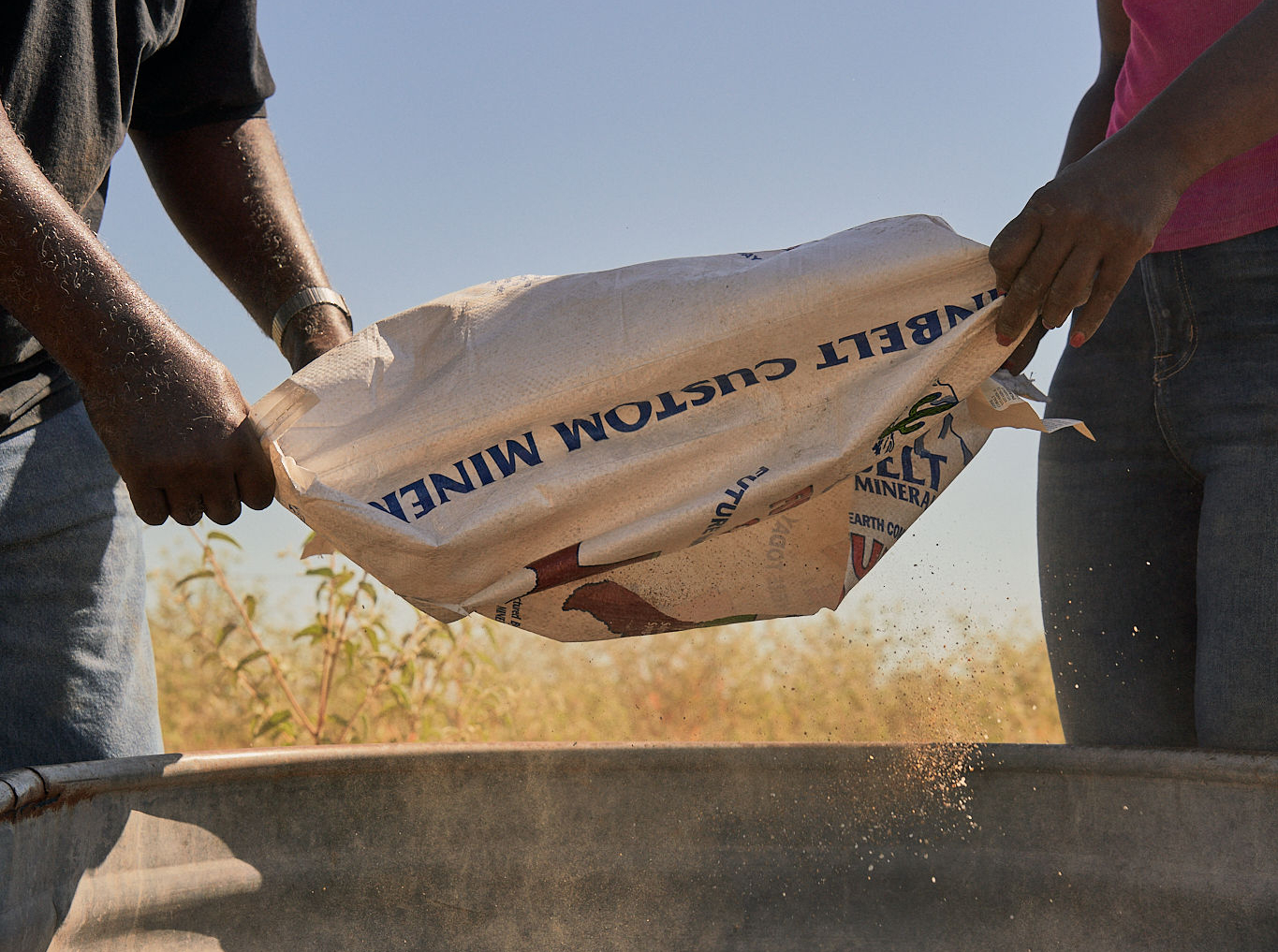When I left my corporate job in New York City to return to East Texas and manage my family's ranch in 2007, I knew I was embarking on a journey that would challenge and transform me. What I didn't realize was how this decision would put me at the forefront of a critical movement in agriculture: sustainable and regenerative ranching.
As CEO of Ratcliff Premium Meats and manager of Caney Creek Ranch, I've witnessed firsthand the pressing need for more climate-conscious practices in the livestock and agriculture industries. In recent years, ranching has been the subject of scrutiny for the role it plays in greenhouse gas emissions and the stripping of natural habitats. When I came back home, I knew that something had to be done to set that right and that we could be role models for the future.
It’s no surprise then that one of my biggest points of pride is that Caney Creek Ranch now stands as a testament to balancing a business’ goals for profitability with our fundamental responsibility as environmental stewards. While my father may have first purchased this land way back in 2002, I want to guarantee that–just like our precious planet–it’s here, cared for, and well-protected for another two decades and beyond.
Regenerative Grazing Practices
One of the cornerstones of Caney Creek Ranch’s commitment to sustainability is the use of regenerative grazing. Unlike more traditional set stocking methods–in which livestock are left to feed on the same fields continuously–we rotate our cattle across different pasture sections, allowing each area time to rest and regenerate.
This approach mimics nature's patterns, resulting in remarkable improvements to the land we look after and love. Regenerative grazing improves soil health and structure by increasing organic matter and microbial activity, which leads to better water retention, reduction in erosion, and improved drought resistance.
These healthier soils have resulted in more productive pastures with higher quality and quantity of forage for our cattle. The lush, diverse vegetation provides a natural buffet of nutrients, which means healthier animals and, ultimately, more flavorful and nutritious beef.
Renewable Energy on the Ranch
In our efforts to protect the planet from our little corner of Texas, we also look beyond the pastures and to the sky above. Our investment in solar energy will transform our operations, dramatically cutting costs and reducing our carbon footprint.
Environmentally, solar power will significantly reduce our reliance on fossil fuels, helping Caney Creek Ranch minimize its impact on the earth. And for ranchers with remote properties, solar provides reliable power to areas far from the electrical grid.
We're also excited about our plans to graze sheep under the new solar panels, which will open up a new line of profit for Ratcliff Premium Meats: lamb! Sheep are one of the best animals to graze under solar panels because they're naturally shorter and don't interfere with the panel mounting. Their grazing helps maintain the area, reducing the need for mowing and herbicides. This practice, known as agrivoltaics, maximizes land use efficiency by combining energy production with agriculture.
Government incentives like tax credits and grants can also help ranchers offset initial installation costs, making the transition more accessible. With a typical lifespan of 25 to 30 years, solar panels represent a trustworthy, long-term investment in energy independence, insulating us from fluctuating energy prices. In other words, as the power needs of our property grows, we’re set up to effectively scale into the future.
High-Quality Pasture-Raised Beef
When we take care of the land, the land takes care of us. A direct result of our sustainable management practices is happier, healthier cattle and the high-quality, grass-fed beef that comes from them.
Grass-fed beef from pasture-raised cattle offers a superior nutritional profile compared to conventionally raised beef. It's typically leaner and higher in beneficial nutrients like omega-3 fatty acids and antioxidants. Cattle raised on a pasture (as nature intended!) also lead better, less stressful lives, which many believe contributes to the quality and flavor of the meat.
From an environmental standpoint, pasture-raised beef production, when managed properly, can actually help sequester carbon in the soil, offsetting some of the greenhouse gas emissions associated with cattle farming. It can also mitigate the concentration of waste that may detrimentally impact air and water quality– a troubling consequence most often seen with concentrated animal feeding operations.
Through Ratcliff Premium Meats, we're providing a sustainable, ethical alternative to feedlot beef. By choosing our products, our customers aren't just enjoying better-tasting beef – they're supporting a system of agriculture that works in harmony with nature.
Shaping the Future of Agriculture
At Caney Creek Ranch, we’re proud to be leading the way in sustainable agricultural and animal husbandry practices– but we don’t want to do it alone.
If you're a rancher yourself, we urge you to explore renewable energy options and consider giving regenerative grazing a try. As a consumer, we hope you’ll support businesses that prioritize sustainability by looking for grass-fed, pasture-raised meats from farms committed to going greener, like Ratcliff Premium Meats.
Every choice we make as producers and consumers has the power to shape the future of our food system– Let's make those choices count! Ready to taste the difference that sustainable ranching makes? Visit www.ratcliffpremiummeats.com to order our pasture-raised, grass-fed beef and support regenerative agriculture today!



